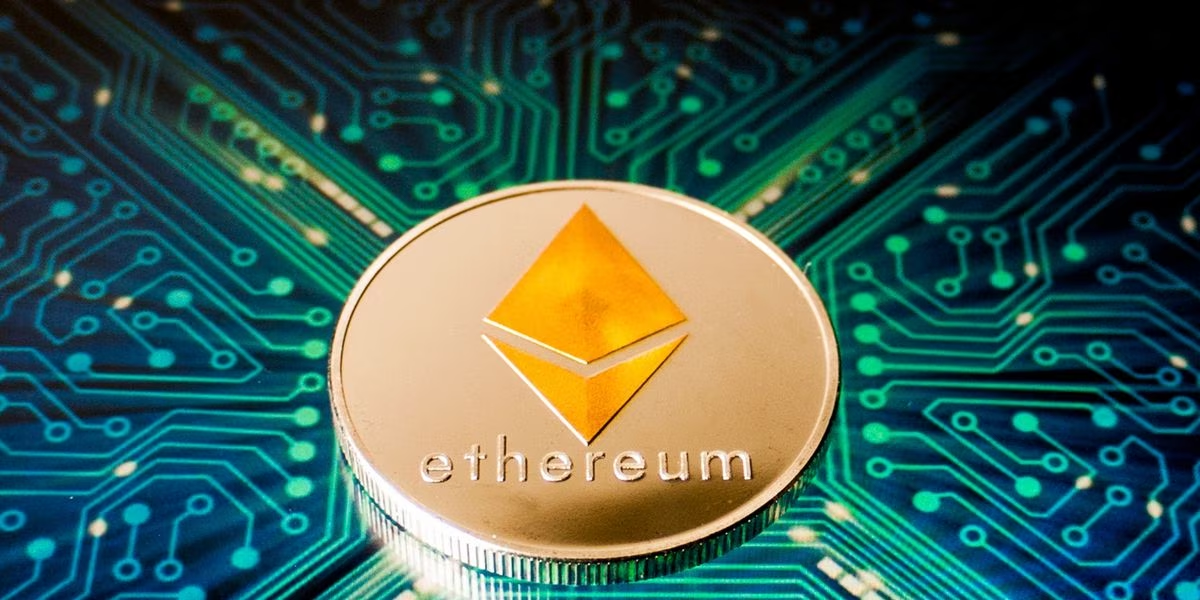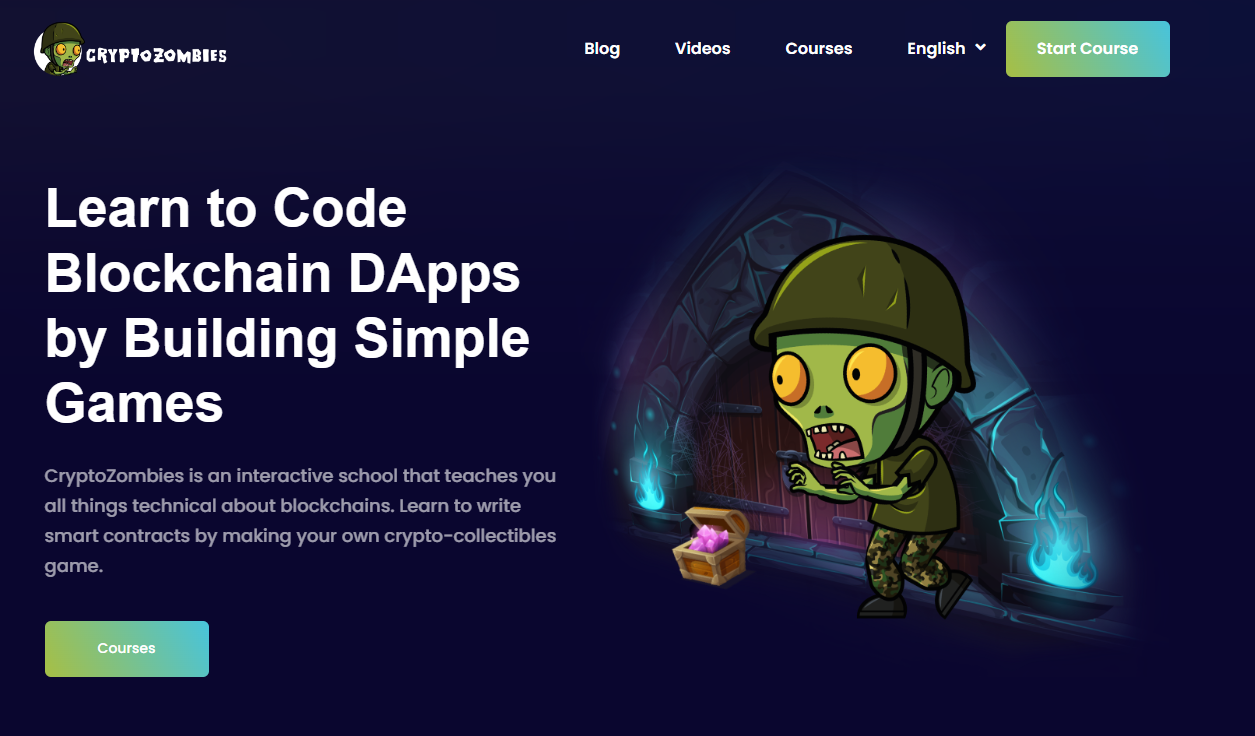Good, CryptoZombies and Learnweb3.io is an interactive school that teaches you all things technical about blockchains
joker
Posts
-
Web3 Developer Stack in 2023 - Let's start laying the foundation for you from today -
What Is Bitcoin Halving? Definition, How It Works, Why It Matters
One of the most pivotal events on Bitcoin’s blockchain is a halving, when the reward for mining is cut in half. As of 2023, network participants who validate transactions are awarded 6.25 bitcoins (BTC) for each block successfully mined.
The next halving is expected to occur in April or May 2024, when the block reward will fall to 3.125. Over time, the impact of each halving will diminish as the block reward approaches zero.
What Is Bitcoin Halving?
After the network mines 210,000 blocks—roughly every four years—the block reward given to Bitcoin miners for processing transactions is cut in half. This event is called halving because it cuts the rate at which new bitcoins are released into circulation in half.
This rewards system will continue until about 2140, when the proposed limit of 21 million coins is reached. At that point, miners will be rewarded with fees for processing transactions, which network users will pay. These fees ensure miners are still incentivized to participate and keep the network going.
The halving event is significant because it marks another drop in the rate of new Bitcoins being produced as it approaches its finite supply. In 2009, the reward for each block in the chain mined was 50 bitcoins. As of April 2023, about 19.3 million bitcoins were in circulation, leaving just around 1.68 million left to be released via mining rewards.
5When Did the Bitcoin Halvings Happen?
There have been three halvings as of April 2023:
- Nov. 28, 2012, to 25 bitcoins
- July 9, 2016, to 12.5 bitcoins
- May 11, 2020, to 6.25 bitcoins
Why Are the Halvings Occurring Less Than Every 4 Years?
The Bitcoin mining algorithm is set with a target of finding new blocks once every 10 minutes. Some blocks take more than 10 minutes; some take less. This can decrease or increase the amount of time it takes to reach the next halving goal. For example, if blocks consecutively average 9.66 minutes to mine, it would take about 1,409 days to mine the 210,000 blocks required (four years is 1461 days, including one day for a leap year).
What Happens When There Are No More Bitcoins Left?
It is often thought that in 2140, the last bitcoin will be mined. However, if the reward is halved every 210,000 blocks, there will always be a mining reward—assuming the blockchain still exists at that time. The reward will just get smaller and smaller every time there is a halving if the practice continues.
Why Are the Halvings Occurring Less Than Every 4 Years?
Bitcoin halving cuts the rate at which new bitcoins are released into circulation in half. The rewards system is expected to continue until the year 2140, when the proposed 21 million limit for bitcoin is reached.
In 2009, the reward for each block in the chain mined was 50 bitcoins. After the first halving, it was 25, and then 12.5, and then it became 6.25 bitcoins per block as of May 11, 2020.
Bitcoin halving has major implications for its network. For miners, the halving event may result in consolidation in their ranks as individual miners and small outfits drop out of the mining ecosystem or are taken over by larger players.
Reference: https://www.investopedia.com/bitcoin-halving-4843769
-
Ethereum's Potential Surge: VanEck Predicts ETH Value to Reach $11.8k by 2030 Amid Booming Smart Contract Adoption
In a recent report, investment management firm VanEck predicts that the Ethereum (ETH) token price could surge to $11,800 by 2030. The forecast is grounded on the revised valuation model estimating that Ethereum’s network revenues will significantly rise from the current $2.6 billion annually to $51 billion by the end of this decade, assuming Ethereum retains a 70% market share among smart contract protocols.This report’s valuation methodology hinges on the projection of future cash flows. These projections factor in estimated Ethereum revenues, a global tax rate, and a share of the revenue for validators. The cash flow yield is set at 7%, with a 4% long-term crypto growth rate. This results in a fully diluted valuation (FDV) of Ethereum, which is then discounted by 12% to provide an estimate of Ethereum’s current value.
Ethereum’s revenues stem from transaction fees and Miner Extractable Value (MEV). Users bear these costs for using services on the Ethereum blockchain, with a part of these transaction costs allocated to validators and the rest being income for Ethereum. Moreover, Ethereum’s “Security as a Service” (SaaS) model is also highlighted as a potential revenue stream, enabling the securing of external applications, protocols, and ecosystems.
The report also analyzes the potential of various economic sectors, such as Finance, Banking, Payments (FBP), Metaverse, Social and Gaming (MSG), and Infrastructure (I), shifting their activities onto smart contract platforms. Current trends suggest that businesses might cover transaction fees to simplify the user experience, a practice that would mirror traditional business models.
VanEck’s report points out the crucial role of MEV in blockchain security due to its high value and considers Layer 2 (L2) solutions as the future of Ethereum transaction execution, despite the potential competition from numerous L2 chains.
However, the report also acknowledges the uncertainties around Ethereum’s future, reflected in the use of a 12% discount rate in its valuation model.
-
15 Ethereum Virtual Machine Concepts@kevin Thanks sir, helpful
-
11 websites that will help you learn web development faster (completely free)
-
Everything you need to know about HTTP based systems: https://howhttps.works
-
Learn Node step by step with interactive examples and code snippets in 30 days: https://nodejsera.com/30-days-of-node.html
-
Learn what happens when you type a website address in your browser: https://howdns.works
-
Check out this excellent free website to learn Git visually: https://learngitbranching.js.org
-
JavaScript Visualize JavaScript code and learn the workflow: https://jsv9000.app
-
Algorithm Visualizer Algorithms are always a little tricky to learn. But this website can make it easier: http://algorithm-visualizer.org
-
Cryptozombies Learn to code Blockchain DApps by building simple games: https://cryptozombies.io
-
useWeb3 useWeb3 is a platform for developers to explore and learn about Web3: https://useweb3.xyz
-
Pull Request Code Review as a Service. Get on-demand code reviews from expert engineers and developers: http://pullrequest.com
-
Learn Anything Search anything here, and it will show you the correct roadmap with all the necessary resources: https://learn-anything.xyz
-
JS Robot Learn JavaScript by playing games: https://lab.reaal.me/jsrobot/
-
-
Tell me how to get started with web3I’m a new member and new to web3, how do I get started ?
Can anyone show me the step by step from the start ?
-
Welcome 14800 members to 1 vast world of blockchain and web3@manhsteven Good man, continue contribute
